29 January 2025
Gaming exhibitions have come a long way from the simple showcases of new consoles and flashy trailers. Today, they’re vibrant, larger-than-life events where art and technology collide in a spectacular dance. But have you ever wondered how these two seemingly different worlds–art and tech–blend so seamlessly in the realm of gaming? Let’s dive into the fascinating intersection of art and technology at gaming exhibitions, where creativity meets innovation to craft experiences that leave us speechless.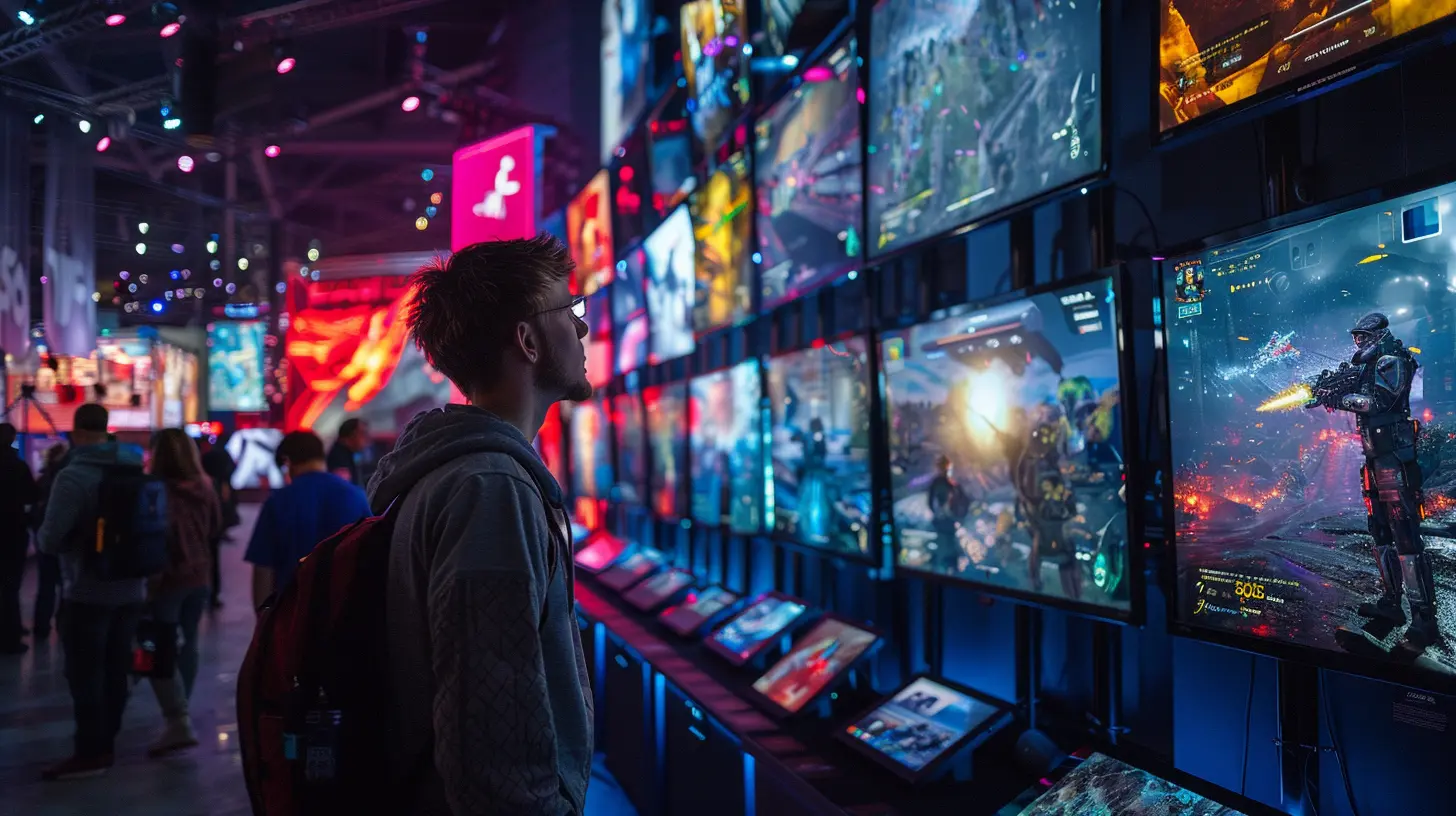
What Makes Gaming Exhibitions So Special?
Think of gaming exhibitions as amusement parks for gamers, artists, and tech enthusiasts. They’re not just about announcing new games or tech; they’re immersive storytelling platforms. Imagine walking into a space where LED screens stretch as far as your eyes can see, where digital environments come to life in real-time, and where artists and game developers collaborate to make magic happen.Gaming exhibitions aren't just about the technical stuff, though. They’re also a stage for artists to shine, where creativity takes center stage. From jaw-dropping concept art to larger-than-life character sculptures, these events are art galleries and tech expos rolled into one.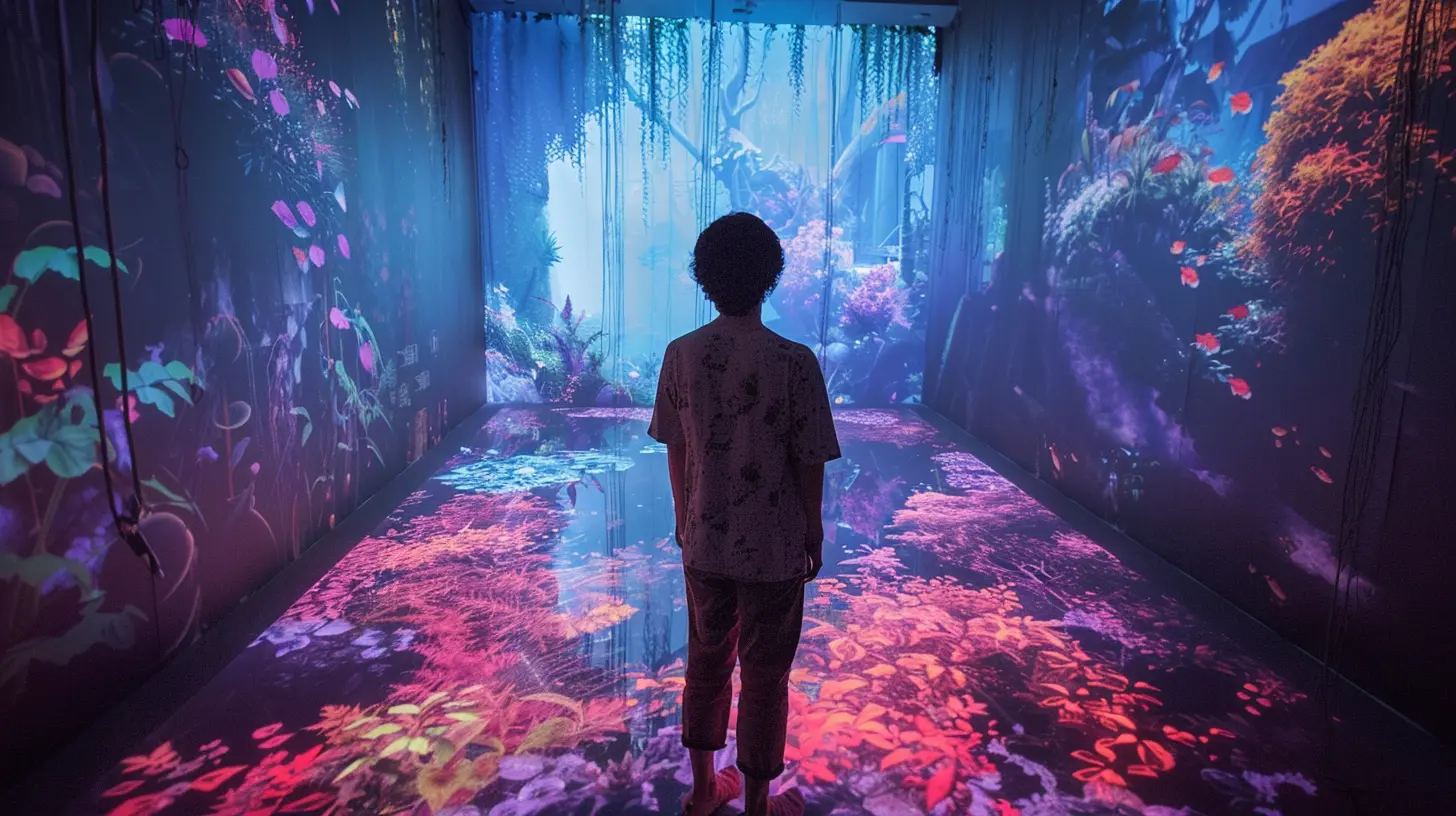
The Role of Art in Gaming Exhibitions
1. Concept Art Takes Us Behind the Scenes
Every single game we play starts with a sketch. Concept artists breathe life into ideas that eventually evolve into the vivid characters and vibrant worlds we love. At gaming exhibitions, concept art often gets showcased to give fans a behind-the-scenes look at the creative process. It’s as if you're peeking into the blueprints of your favorite gaming universe.Imagine seeing the early pencil sketches of iconic characters like Kratos from God of War or Lara Croft from Tomb Raider. You’d swear you’re looking at the DNA of gaming itself. Gaming exhibitions celebrate these artists and their works, reminding us that video games are as much about storytelling and visual art as they are about gameplay mechanics.
2. Interactive Art Installations: Where Fans Become Part of the Story
What’s cooler than staring at art? Being inside it. Yes, inside it! Gaming exhibitions often feature interactive art installations that use cutting-edge tech to immerse fans in the world of their favorite games. Think giant AR (Augmented Reality) projections of fantasy worlds or VR (Virtual Reality) setups where players can interact with massive digital sculptures.A perfect example? The Cyberpunk 2077 installations at E3 (Electronic Entertainment Expo). They didn’t just showcase the game’s futuristic vibe; they made you feel like you were stepping into Night City itself. With neon lights, holograms, and interactive displays, these exhibits turn visitors into participants. 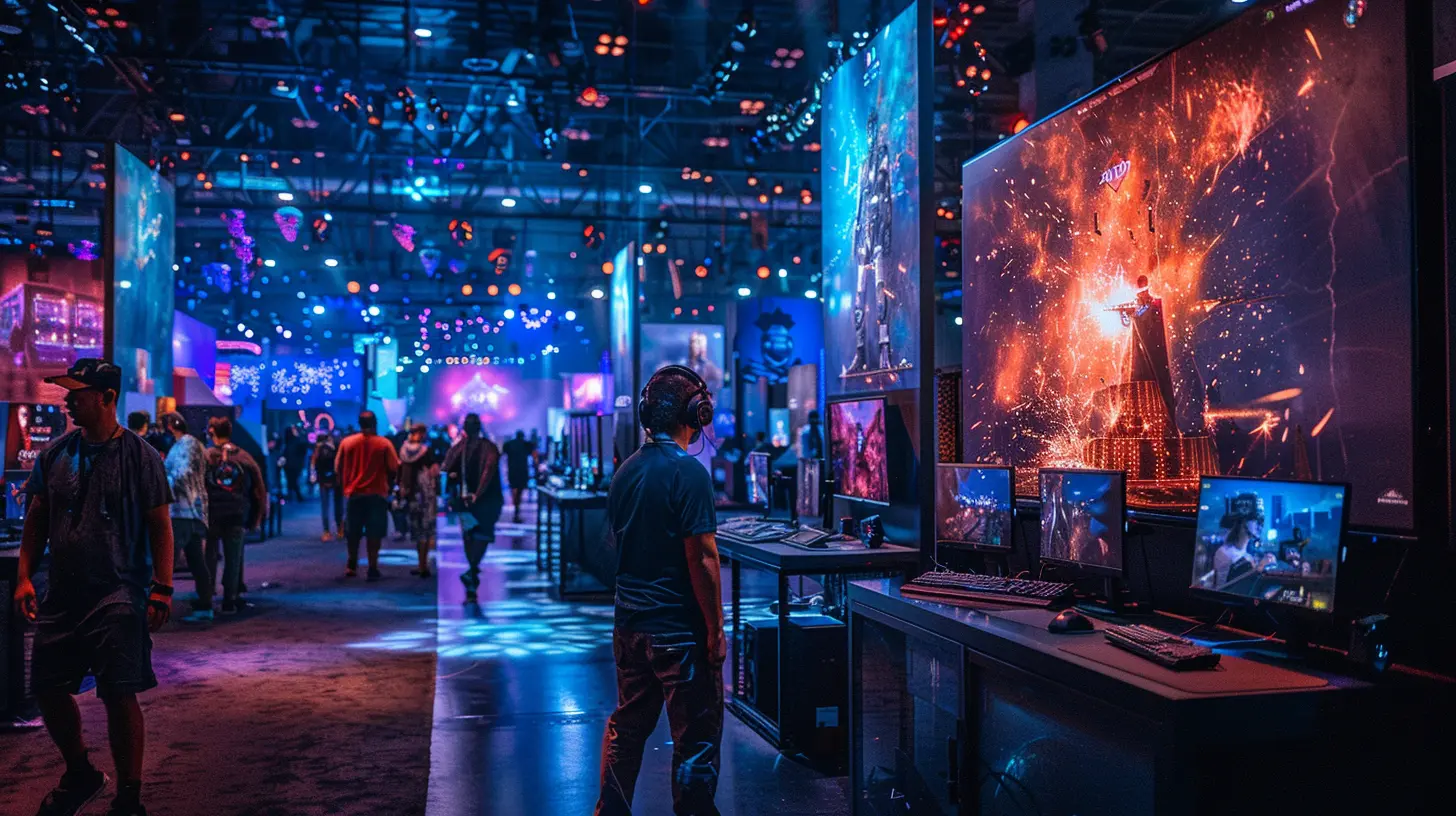
Technology: The Driving Force Behind Gaming Art
Let’s face it, while the art is breathtaking, it’s technology that gives it wings. Without tech, many artistic ideas in gaming would simply sit pretty on paper. So, let’s explore how advancements in technology are supercharging creativity at gaming exhibitions.1. Game Engines: The Digital Canvases
Game engines like Unreal Engine and Unity have revolutionized how we experience gaming art. They’re like digital canvases for developers and artists to paint their imaginations. And at gaming exhibitions, these engines don’t just run the latest trailers–they’re put on full display with real-time demonstrations.For instance, some exhibitions let you walk through in-game environments rendered in real time. Imagine strolling through the mystical forests of The Legend of Zelda or the bustling streets of Grand Theft Auto, all powered by game engines. These tools allow artists and developers to create worlds so detailed, you can almost hear the leaves rustle or the faint sound of footsteps on cobblestones.
2. AI and Machine Learning in Visual Creations
Wait, AI... in gaming art? Yep, it’s happening! Artificial intelligence is changing how art is created in games and subsequently showcased at exhibitions. AI tools help developers design complex characters, realistic textures, and even entire in-game worlds at record speed.Some gaming exhibitions even let attendees try their hands at AI-powered art tools. Fancy creating your own video game character in seconds? AI tools can analyze your input (a few sketches or even a vague idea) and generate a fully-rendered character on the spot. It’s like having Picasso and an engineer sitting on your shoulders, working together.
3. Immersive Tech: AR, VR, and Beyond
If gaming exhibitions had a middle name, it would be “Immersion.” Augmented Reality (AR), Virtual Reality (VR), and even Mixed Reality (MR) are redefining how we interact with gaming art.Remember when VR was solely about gaming mechanics? Now, it’s a tool for experiencing game art in entirely new dimensions. Put on a VR headset at an exhibition, and suddenly you’re not just seeing the artwork; you’re inside it. Walk around an environment, touch digital sculptures, or even “paint” inside a game world. AR, on the other hand, adds layers of interactivity to real-world exhibits. Ever seen a game character come alive on your phone when you scan a QR code at an exhibit? That’s AR magic right there.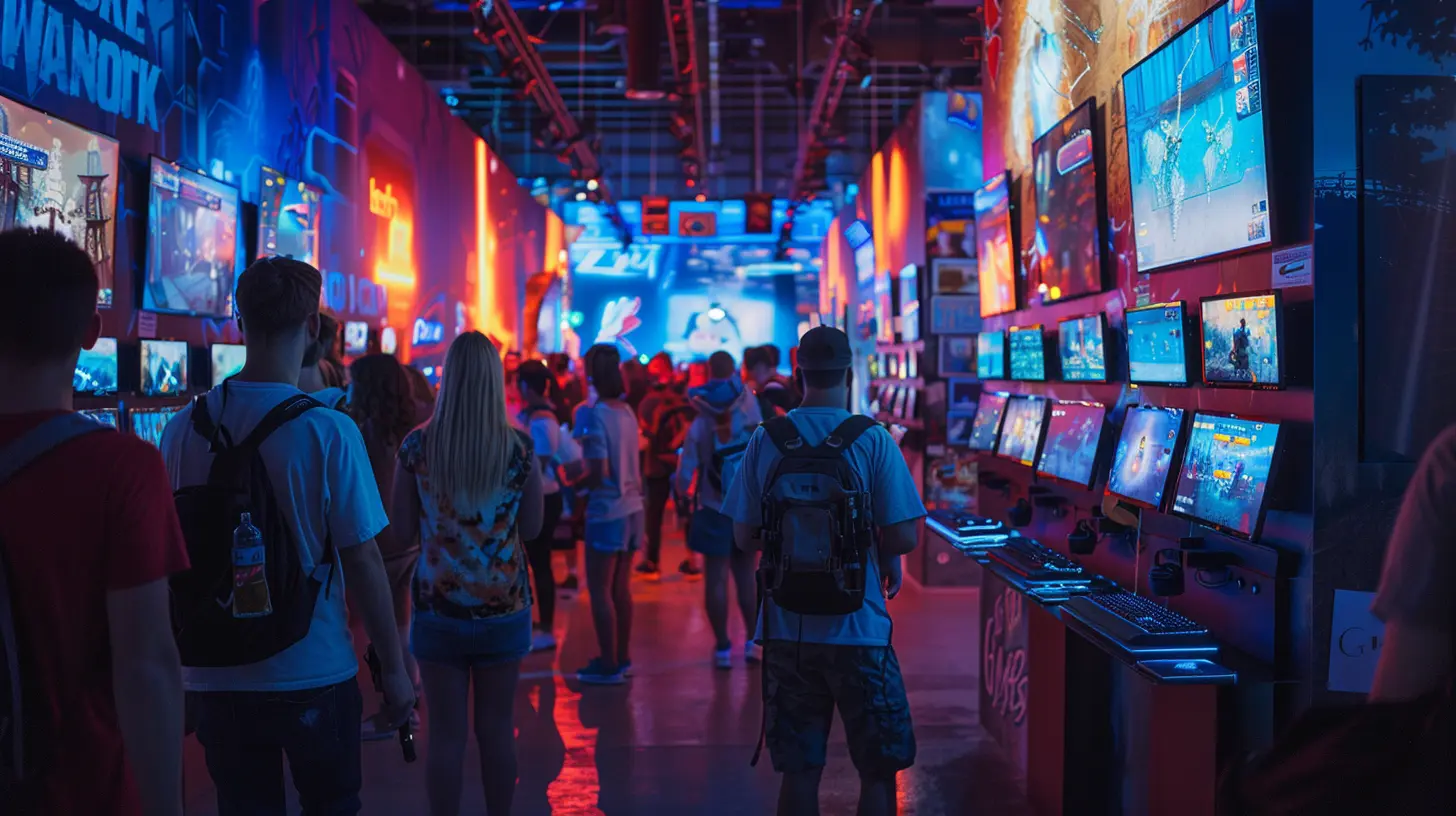
Gaming Exhibitions as Cultural Hubs
1. Collaborations Between Artists and Technologists
One thing that sets gaming exhibitions apart is their role in uniting artists and technologists. These events are melting pots where programmers meet painters, and 3D modelers brainstorm with animators. It’s this synergy that drives innovation. Gaming exhibitions often host live panels or workshops where these creative minds share their processes, leaving audiences inspired and eager to dive into the industry themselves.2. Celebration of Fan Art and Community Creations
The intersection of art and technology doesn’t just happen on the professional level. Gaming exhibitions also give center stage to fan art and community projects. Think cosplay competitions, fan-made digital sculptures, and custom-mod showcases. These creations often rival–or even surpass–official gaming art in terms of creativity.Take PAX (Penny Arcade Expo), for example–a hotspot for community-driven showcases. It’s not just about celebrating what’s new; it’s about putting the spotlight on the passionate gamers who bring their own artistic visions to life using tech. It’s a reminder that the gaming world thrives on its community.
Why This Intersection Matters
At the end of the day, gaming exhibitions aren’t just about pretty visuals or advanced tech; they’re about storytelling. They bring together two powerful forces–art and technology–to tell stories that resonate with us on a deeply emotional level. Whether it's a hyper-realistic world powered by ray tracing or a beautifully drawn 2D platformer, gaming exhibitions celebrate how far we’ve come and open doors to what’s next.Art gives gaming its soul, while technology gives it the tools to soar. Together, they create experiences that wow us, challenge us, and often leave us asking, “What’s next?”
Final Thoughts
The intersection of art and technology at gaming exhibitions is more than just a meeting point; it’s a creative explosion. These events are proof that when innovation meets imagination, the possibilities are endless. Whether you’re a gamer, artist, or technophile, there’s something undeniably magical about witnessing this blend in real-time.So, next time you’re at a gaming exhibition, take a moment to appreciate everything around you. The stunning visuals? That’s art. The breathtaking immersion? That’s technology. And the goosebumps you feel? That’s the magic of their intersection.

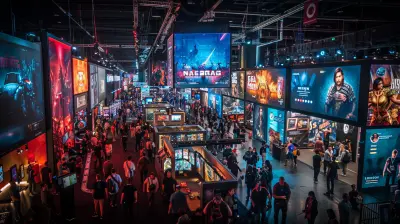
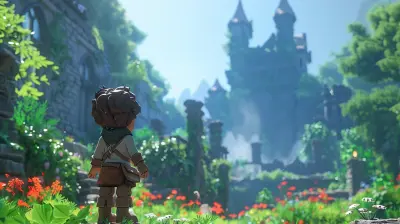
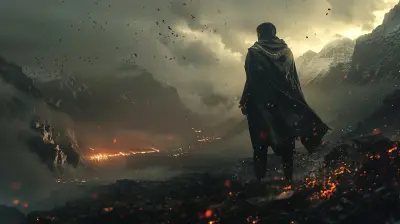





Honor Hines
Creativity transcends digital boundaries.
April 6, 2025 at 2:56 PM